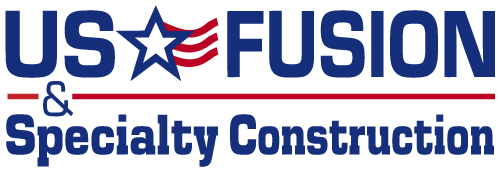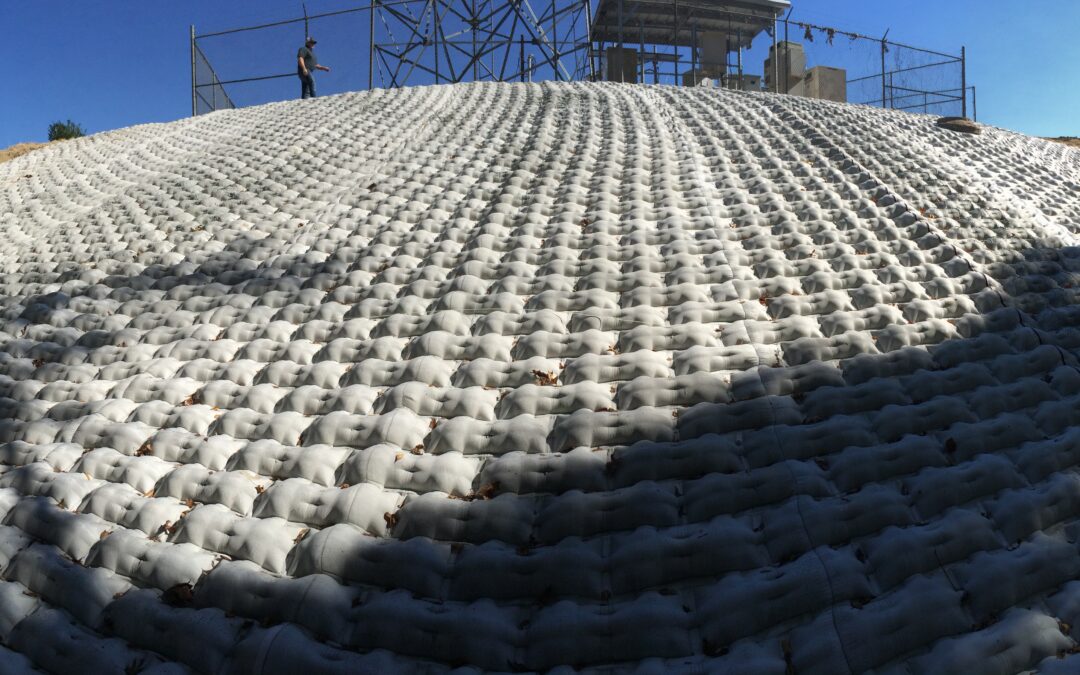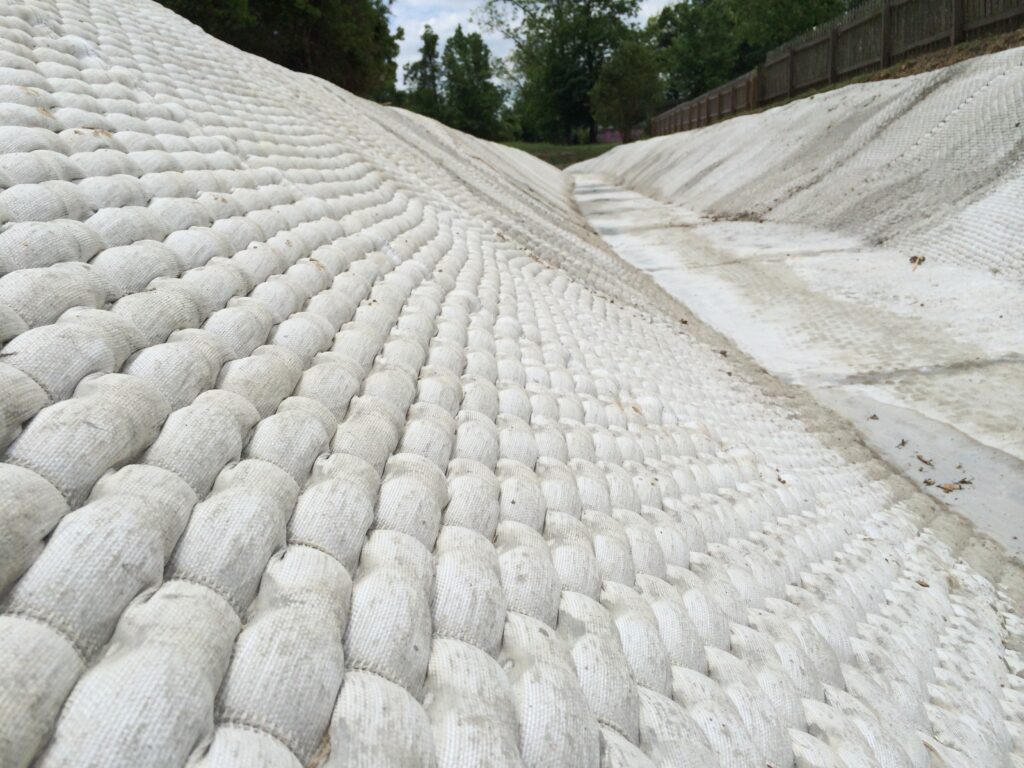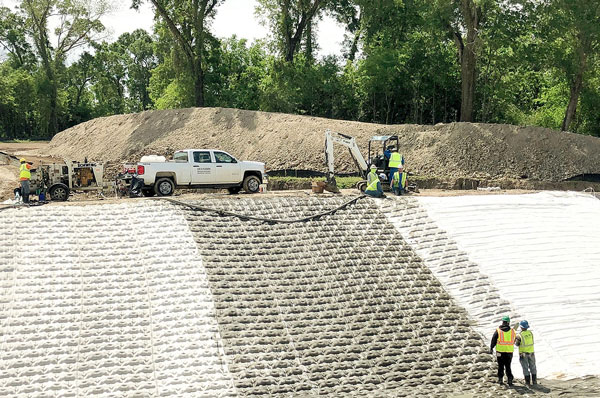
A Guide To Erosion Control Installation
Erosion is one of the most persistent challenges facing construction sites, industrial facilities, and infrastructure projects. If left unmanaged, it can compromise soil stability, degrade environmental quality, and threaten the integrity of everything from pipelines to containment systems.
This is why properly designed and professionally installed erosion control systems become essential. Whether you’re developing a new industrial site or maintaining an existing structure, investing in proper erosion control solutions can significantly reduce long-term costs and risks.
This guide outlines the core steps of effective erosion control installation, from site assessment to post-installation maintenance. Discover why proper installation isn’t just about stopping soil loss—it’s about safeguarding your operations, protecting the environment, and ensuring project longevity.
The Importance of Erosion Control
Erosion may seem like a natural process, but it poses a serious threat to operations and the environment on construction and industrial sites. When left unaddressed, erosion can quickly degrade soil stability, wash away critical topsoil, and create sediment-laden runoff, contaminating local waterways. The result is not just environmental damage, but also real financial consequences in the form of project delays, structural failures, and costly repairs.
Erosion also directly affects infrastructure longevity. Pipes, containment systems, roadways, and foundations are all vulnerable to ground movement and the creation of subsurface instability and erosion. Over time, even minor erosion leads to major failures if not managed.
From a regulatory standpoint, erosion control isn’t optional. Agencies at the federal, state, and local levels enforce strict guidelines around sediment control and stormwater runoff, especially on industrial sites. Noncompliance can lead to fines, permit delays, and reputational damage, all of which are preventable with a proactive, well-installed erosion control solution.
Erosion Control Installation: 4 Essential Steps
Step 1: Site Assessment
A successful erosion control installation starts with a thorough understanding of the site. Without proper assessment, even the best materials or methods can fall short.
The site assessment process evaluates several critical factors:
- Soil type and structure – Different soils behave differently under pressure and water flow. Sandy soils may erode quickly, while clay-based soils can create drainage issues.
- Topography and slope – Steep slopes accelerate water runoff, increasing the potential for erosion. Low-lying areas may trap water and require drainage solutions.
- Hydrology – It is essential to understand how water moves through and across the site. This includes surface runoff, subsurface drainage, and proximity to waterways.
- Vegetation coverage – Existing ground cover can slow erosion and may inform whether reinforcement or replanting is necessary.
- Climate and weather conditions – Regions prone to heavy rainfall, freeze-thaw cycles, or high winds need tailored erosion control solutions to withstand extreme elements.
A comprehensive site assessment identifies areas of concern and informs the selection of the most effective erosion control system. At US FUSION, our experienced field teams use this critical first step to ensure that every solution is engineered to perform—protecting your site from the ground up.
Step 2: Selecting the Right Erosion Control Method
Once a site has been fully assessed, the next step is to select the appropriate methods to manage erosion effectively. The best erosion control solution depends on terrain, soil type, water flow, and regulatory requirements. There’s no one-size-fits-all approach.
Here are some of the most common erosion control solutions used in industrial and construction environments:
-
Fabric Formed Concrete – A versatile solution for slope stabilization and erosion control, fabric formed concrete conforms to the ground’s shape and is ideal for protecting irregular surfaces like streambanks and shorelines. It offers durable, long-term protection in high-flow areas.
-
Concrete Canvas – This innovative material combines the flexibility of fabric with the strength of concrete. It unrolls easily onsite, hardens upon hydration, and forms a protective layer ideal for lining ditches, culverts, and slopes.
-
Geosynthetic Liners – Ideal for long-term containment and slope stabilization, these liners prevent subsurface erosion and are especially effective in high-risk zones like landfills, industrial lagoons, and steep embankments.
-
Turf reinforcement mats and erosion control blankets – These stabilize slopes and open areas by providing immediate protection and encouraging long-term vegetation growth. They’re a hybrid solution offering both short-term coverage and long-term root reinforcement.
The selection process should also account for:
- Project scale and timeline – Larger projects may require more permanent systems with broader coverage.
- Environmental sensitivity – Proximity to protected wetlands or water bodies often requires eco-friendly or non-invasive materials.
- Budget and resource availability – Balancing upfront cost with long-term performance.
- Local and federal regulations – Staying compliant with sediment control and stormwater permits is non-negotiable.
Step 3: Professional Installation Techniques
Even the most effective erosion control solutions can fail without proper installation. Precision, compliance, and attention to site-specific conditions ensure systems perform as intended, especially in high-stakes industrial and environmental applications.
At this stage, experienced crews implement the selected erosion control method using techniques tailored to the terrain and materials. Key considerations include:
- Proper material placement
Positioning is everything, whether it’s a silt fence or a geosynthetic liner. Materials must follow grade contours, maintain appropriate overlap, and be anchored securely to resist wind and water displacement.
- Trenching and anchoring
Trenching is critical for liners, turf mats, and blankets to prevent runoff undercutting. Anchoring methods vary by material type and site conditions but must meet design specs to ensure stability over time.
- Surface preparation
Slopes, channels, and disturbed soil must be cleared, graded, and compacted before installation to ensure materials can bond or settle properly. This ensures effective seed-to-soil contact in hydroseeding applications.
- Seam welding and testing
For geosynthetics, HDPE liners, or composite barriers, fusion welding and quality control testing (e.g., air pressure or vacuum box tests) ensure seamless coverage and long-term durability.
- Compliance with safety and environmental standards
Installers must follow best practices for performance and regulatory compliance, such as avoiding sediment discharge during the process and maintaining appropriate buffer zones.
With US FUSION, our crews are trained in the latest installation techniques and regulatory requirements, ensuring every erosion control system we install is code-compliant and built to last.
Step 4: Post-Installation Maintenance
Installation is only the beginning. Environmental conditions change, materials shift, and unforeseen site activity can all impact the integrity of an erosion control solution over time. For any erosion control system to remain effective, it must be supported by a consistent maintenance and monitoring plan.
Routine post-installation maintenance includes:
- Regular inspections
Periodic site visits—especially after heavy rainfall or high-wind events—help identify wear, displacement, or sediment buildup areas. Early detection allows for quick, low-cost repairs before larger issues develop.
- Material performance checks
Look for signs of damage, such as tearing, slippage, clogging, or UV degradation (for synthetic materials). Depending on site activity and weather exposure, silt fences, wattles, and blankets may need repositioning or replacement.
- Runoff pattern analysis
Water flow may shift as vegetation establishes or soil conditions evolve. Monitoring how runoff behaves after installation helps confirm that the system is directing flow as intended or flags the need for realignment or reinforcement.
- Vegetation support
In systems that rely on plant growth (e.g., hydroseeding, turf reinforcement mats), ongoing care like watering, reseeding, or erosion mat adjustments may be needed to ensure long-term stabilization.
- Documentation and compliance
Detailed logs of inspections, repairs, and site conditions support regulatory compliance and can serve as evidence of due diligence in the event of an environmental audit or inspection.
Why Expert Erosion Control System Installation Matters
Even the most advanced erosion control solutions can fail prematurely if not installed correctly. That’s why partnering with experienced professionals is critical to meet regulatory standards and ensure the system performs reliably under real-world conditions.
Avoiding Common Pitfalls
Improper grading, poor anchoring, incorrect material placement, or missed inspection steps can all compromise an erosion control system. These errors often go unnoticed until after a storm or high-flow event, when it’s too late and the damage has already been done. Expert installers recognize these vulnerabilities before they become failures, ensuring every component is properly positioned, secured, and stress-tested.
Protecting Infrastructure and Budgets
Faulty erosion control can lead to infrastructure damage, shutdowns, and costly rework. A professionally installed system helps avoid unplanned downtime and protects adjacent assets like pipelines, roadways, or containment structures from exposure and failure. Over time, this precision translates into cost savings and fewer operational disruptions.
Ensuring Long-Term Performance
Expert installation means ensuring your erosion control system stands up to repeated environmental stressors. With professional crews, you get proper slope preparation, accurate welding for liners, thoughtful transitions between materials, and detailed recordkeeping for future maintenance.
Maximizing Compliance and Sustainability
Industrial and construction sites operate under tight regulatory scrutiny. A well-installed erosion control solution ensures your project meets all applicable requirements for stormwater management and sediment control. It also supports broader sustainability goals—protecting natural resources, preserving site integrity, and minimizing environmental impact.
At US FUSION, we view installation as an extension of engineering. Our teams are trained not just to execute, but to anticipate and solve problems, ensuring every system we install delivers lasting performance, protection, and peace of mind.
Trust US FUSION to Handle What’s Below the Surface
Erosion control is more than a regulatory box to check—it’s a foundational part of long-term project success. Are you ready to safeguard your project? Contact US FUSION today to learn how our erosion control services can support your goals.




